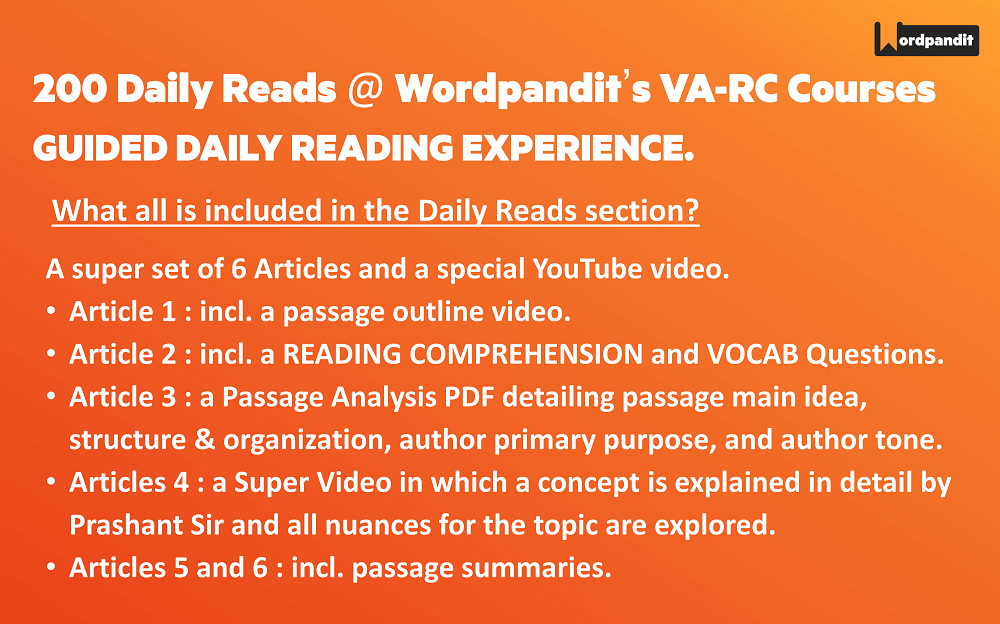Cruel to be kind: should you sometimes be bad for another’s good?
Article Summary
The article highlights that sometimes, the only way to help someone seems to be a cruel or nasty approach – a strategy that may leave the ‘helper’ feeling guilty and wrong. Then the article highlights a research which tried to see how this process works. The result of this study shows that we typically equate positive emotions with positive consequences, and there’s research to back that up.
The author and his team has done a study on the routine use of cruelty for altruistic reasons. To validate the phenomenon, they hypothesised the need for three conditions: the motivation to worsen someone’s mood needs to be altruistic; the negative emotion inflicted on the other person should help them achieve a specific goal; and the person inflicting the pain must feel empathy for the recipient. The result of the study showed that humans intuitively have an excellent sense of which negative emotion will work best as a motivator. The earlier study looked at the phenomenon between strangers, but what happens when the protagonist and the opponent are close friends or family members? Research is still on for this. In the conclusion he states that one thing is clear: empathising with others leads not only to help and support but also to cruelty. Only further studies will determine how – and if – cruelty can be effective and non-risky for our loved ones and our friends.
Article Link: Click here to read the full article
Words to learn from this Article:
Procrastinate: delay or postpone action; put off doing something Altruistic: showing a disinterested and selfless concern for the well-being of others; unselfish
Provocateur: Person who deliberately behaves controversially in order to provokeargument or other strong reactions
Confrontational: tending to deal with situations in an aggressive way; hostile or argumentative
Empathise: understand and share the feelings of another.
Want more Daily Reads? Explore here:













